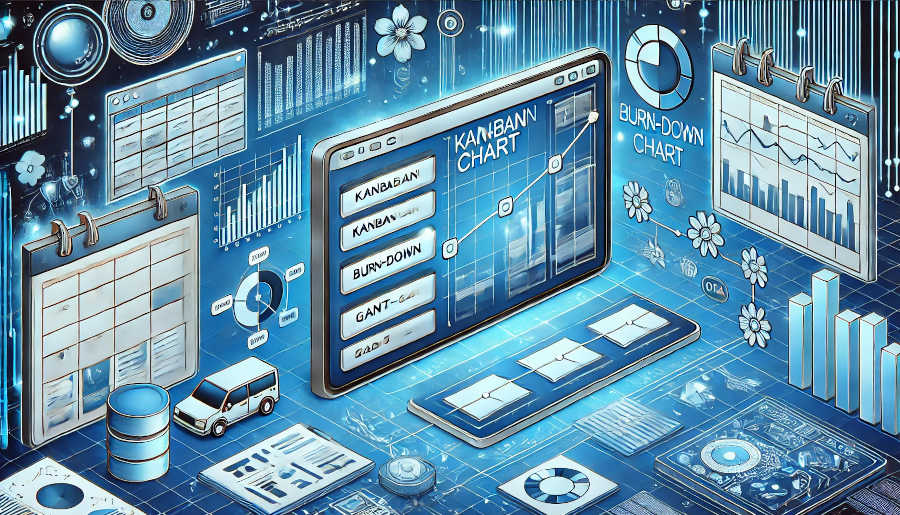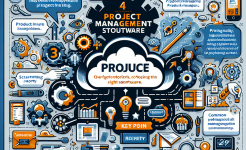The Integrated Product Development (IPD) process is a comprehensive and structured approach that aims to bring products to market more effectively and efficiently. It encompasses various stages, each with its own set of key elements that are crucial for the success of the product development journey. Understanding these key elements is essential for organizations to streamline their product development processes, reduce costs, and enhance the quality of their products. This article will delve into the key elements in the different stages of the IPD process, exploring how they contribute to the overall success of product development.
Concept Stage
The concept stage is the starting point of the IPD process, where ideas for new products are generated and evaluated. One of the key elements in this stage is market analysis. By conducting in-depth market research, companies can identify customer needs, market trends, and competitive landscape. This information serves as the foundation for developing product concepts that are relevant and appealing to the target market. For example, a technology company might analyze the growing demand for mobile devices with longer battery life and incorporate this feature into their new product concept.
Another important element is idea generation. Cross-functional teams, including marketing, engineering, and design, come together to brainstorm ideas. This diverse set of perspectives can lead to innovative product concepts. For instance, a food company's marketing team might suggest a new flavor combination, while the engineering team figures out how to produce it efficiently. The goal is to generate a wide range of ideas that can be further refined and developed.
Finally, concept evaluation is crucial. Ideas need to be evaluated based on various criteria such as technical feasibility, market potential, and profitability. A financial analysis might be conducted to determine if the product concept is likely to generate sufficient revenue. If a concept fails to meet the established criteria, it may be discarded or further refined to make it more viable.
Planning Stage
In the planning stage, the product concept is further developed into a detailed plan. Product definition is a key element here. This involves clearly defining the product's features, functions, and performance requirements. For example, a car manufacturer will specify the engine power, safety features, and interior space of a new car model. A well-defined product helps in setting clear goals and expectations for the development team.
Resource planning is another vital aspect. The organization needs to allocate the necessary resources, including human resources, budget, and time. A software development project might require a certain number of programmers, designers, and testers, along with a budget for software licenses and infrastructure. Proper resource planning ensures that the project has the necessary support to move forward smoothly.
The development of a project schedule is also essential. A detailed schedule outlines the key milestones and tasks, along with their start and end dates. This helps in tracking the progress of the project and ensuring that it stays on schedule. For example, a construction project will have milestones such as foundation laying, building erection, and interior finishing, each with a specific timeline.
Development Stage
During the development stage, the product design and development take place. Design and development of the product is the core element. This includes creating the physical or digital design of the product, as well as developing the necessary technologies and components. In the case of a consumer electronics product, engineers will design the circuit boards, software developers will write the operating system, and designers will create the aesthetically pleasing exterior.

Testing and validation are crucial in this stage. Products need to be tested to ensure that they meet the defined requirements. This can involve various types of testing, such as functional testing, performance testing, and reliability testing. For example, an aircraft undergoes rigorous flight testing to ensure its safety and performance. Any issues or defects identified during testing need to be addressed promptly.
Supplier management is also an important part of the development stage. Many products rely on components and materials from external suppliers. Managing these suppliers effectively ensures the timely delivery of high-quality components. A clothing brand might work closely with fabric suppliers to ensure that the right materials are available in the right quantities at the right time.
Verification Stage
The verification stage focuses on ensuring that the product meets all the requirements. System testing is a key activity. This involves testing the entire product system in a real-world or simulated environment. For example, a new railway system will be tested with trains running on the tracks to check for any issues with signaling, power supply, and track integrity. System testing helps in identifying any integration problems between different components of the product.
User acceptance testing is another important element. This allows potential users to test the product and provide feedback. A software application might be beta-tested by a group of users who will report any usability issues or functionality gaps. User acceptance testing ensures that the product meets the end-users' expectations.
Documentation review is also carried out in this stage. All the product documentation, such as user manuals, technical specifications, and design documents, need to be reviewed to ensure accuracy and completeness. This documentation is essential for product support, maintenance, and future enhancements.
Launch Stage
The launch stage is when the product is introduced to the market. Marketing and sales planning are key elements. A comprehensive marketing strategy needs to be developed to create awareness and generate demand for the product. This can include advertising, public relations, and social media campaigns. A new smartphone launch might involve a series of marketing events and online promotions.
Channel management is also important. The organization needs to ensure that the product is available through the right distribution channels. A consumer goods company might sell its products through retail stores, online marketplaces, and direct sales. Effective channel management ensures that the product reaches the target customers easily.
Finally, post-launch support is crucial. This includes providing customer support, handling product returns, and gathering feedback for future improvements. A software company might offer online support forums and regular software updates to enhance the user experience after the product launch.
Conclusion
In conclusion, the IPD process is a complex and multi-stage approach to product development. Each stage has its own set of key elements that play a vital role in the success of the overall process. From generating innovative product concepts in the concept stage to effectively launching and supporting the product in the market, every element is interconnected. By understanding and managing these key elements effectively, organizations can improve the efficiency and effectiveness of their product development processes. This leads to the creation of high-quality products that meet customer needs, gain a competitive edge in the market, and ultimately drive business growth. Moreover, continuous evaluation and improvement of these key elements can help organizations adapt to changing market dynamics and technological advancements, ensuring long-term success in product development. As the business environment becomes more competitive, a thorough understanding and implementation of the key elements in the IPD process stages will be essential for companies to thrive.
ARTICLE TITLE :Analysis of key elements in the IPD process stages ,AUTHOR :ITpmlib

















